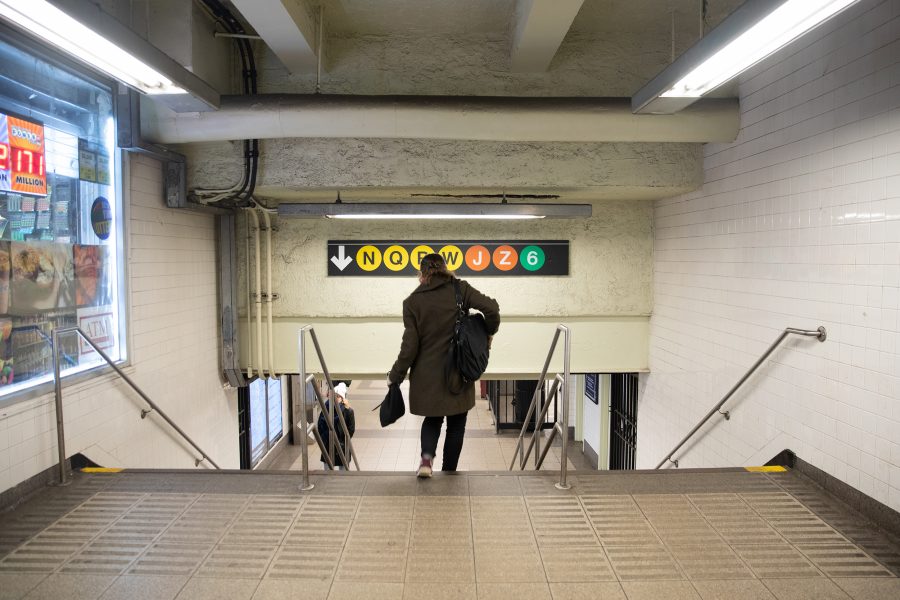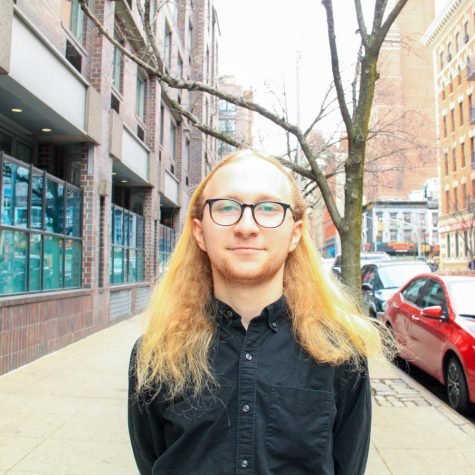Anyone who’s ever taken the subway in New York City probably doesn’t like the Metropolitan Transit Authority. At 2. a.m on Monday, in the midst of finalizing the state budget and making important legislative decisions, the New York State Senate confirmed Pat Foye as the new chairman of the MTA. The decision to rush the appointment of one of the most important state positions falls somewhere between bad governance and corruption. No matter what motivations lie behind this decision, it is representative of the state’s historic mistreatment of transit reform and only further supports the idea that the state government is not able, or willing, to fix the MTA.
Perhaps the most confusing aspect of the crisis is the question of who has control over the MTA and who is responsible for fixing it. The MTA is a private corporation owned by the state of New York and run by a board of officials appointed by the governor of New York. The governor is responsible for recommending the chairman of the MTA as well as the largest share of board members. The mayor of New York City, as well as other nearby county executives, are responsible for recommending other board members, but all are officially appointed by the governor.
As confusing as it may seem, the answer is clear — the governor of New York is responsible for the MTA. This has been especially true in recent years, with Governor Andrew Cuomo exercising significant control over the agency during his second term. Two years ago, Cuomo declared a state of emergency for the subway system, but the problem is far from fixed. The severity of the crisis is only compounded by New Yorkers’ dependency on the transit system, with close to 6 million riders daily. The transit crisis has existed for far longer than Cuomo cares to recognize and is the result of bad governance spanning 20 years. As reported by the New York Times, state and city officials consistently defunded the agency, often using the money for their own political projects. Cuomo used $5 million from the MTA budget to help save three upstate ski resorts. Even when money was spent on the subway system, it often wasn’t spent where it was needed the most. Cuomo introduced the Enhanced Station Initiative, which put $1 billion toward superficial station changes like lighting, clocks and other upgrades transit officials deemed unnecessary.
Cuomo’s actions haven’t gone unnoticed. Daily commuters know the subway is far from empty, but ridership has declined, with a 5% decrease in annual ridership from 2015 to 2018. But New Yorkers are dropping Cuomo faster than they’re abandoning the subway system. Despite re-election in 2018, Cuomo’s approval ratings have reached historic lows as a result of his handling of the crisis. His midnight appointment of Pat Foye is sure to only make matters worse.
Foye was the former president of the MTA and is well-liked by those within the agency. However, when answering questions from reporters the afternoon after his confirmation, he seemed out of touch, comparing fare evasion to stealing a squash ball. Despite being a self-proclaimed daily commuter on the Long Island Railroad prior to his entry into transit politics, Foye was a mergers and acquisitions lawyer, and so his dependence on public transit is certainly questionable. As head of the Port Authority, Foye was responsible for reopening the George Washington Bridge lanes, whose closure sparked a national controversy. Despite being praised for demanding the bridge be reopened, he also falsely told reporters the bridge was closed for a study, which he knew wasn’t true at the time.
Ultimately, the history of the MTA is a history of bad governance. There’s something to be said about the lack of clarity present in today’s mass transit discourse, and there’s more than enough blame to go around. If Cuomo’s appointment of Foye is supposed to be a new start for the MTA, he’s starting off on the wrong foot.
Opinions expressed on the editorial pages are not necessarily those of WSN, and our publication of opinions is not an endorsement of them.
A version of this article appeared in the Monday, April 8 2019, print edition. Email Cole Stallone at [email protected].
























































































































































